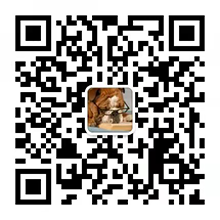独立主格8种基本句型:名词/代词+现在分词;名词/代词+过去分词;名词/代词+不定式等。
1.名词/代词+现在分词
现在分词表示前面的名词或代词主动进行的动作或状态等。
例 The man lay there, his hands trembling.
So many students being absent, the meeting had to be put off.
His homework having been done, Tom went to sleep.
注:“独立结构”中的being或 having been有时可以省去,这样就成了无动词分句或过去分词分句。
2.名词/代词+过去分词
过去分词表示前面的名词或代词被动完成的动作或所处的一种状态。
例 The boy lay on his back, his hands crossed under his head.
The job not finished, we couldn’t see the film.
Her shirt caught on a nail, she could not move.
后面两个句子也可以看成省略掉了having been,being。如果加上,这两个句子就又变成了现在分词分句。
3.名词/代词+不定式
不定式表示的是将来的动作。
例He suggested going for a picnic, Mary to provide the food.
These are the first two books, the third one to come out next month.
We shall get together at 7:30, the procession(游行) to start moving at 8 sharp.
4.名词/代词+名词
名词一般做前面名词或代词的同位语。
例 Many people joined in the work, some of them women and children.
He fought the tiger,a stick his only weapon.
5.名词/代词+形容词短语
形容词(短语)说明前面名词或代词的性质,状态,原因等。
例The floor wet and slippery, we had to stay outside for a while.
I heard that she got injured in the accident, my heart full of sorry.
这两个句子也可以看成是省略了being,如果加上,就变成了现在分词分句。
6.名词/代词+副词
副词说明前面名词或代词的状态。
例 The meeting over, we all went home.
Nobody in, he left a message on the board.
He sat at the table, head down.
7.名词/代词+介词短语
介词短语说明伴随前面名词或代词的方式或者状态。
例 The teacher came in, a book under his arm.
The hunter entered the forest, gun in hand.
Nobody at home, the thief took a lot of things away.
8.with引导的复合结构, 也可以认为是一种独立主格结构
例 A woman got on the bus with a baby around her arms.



